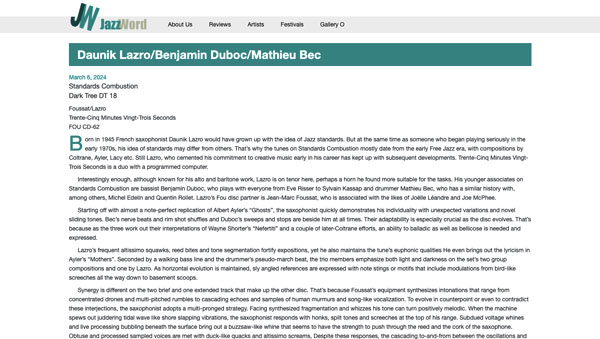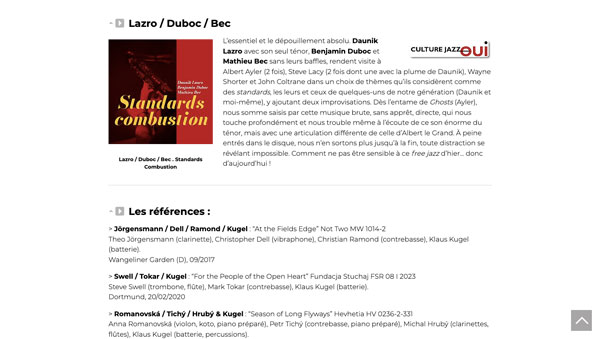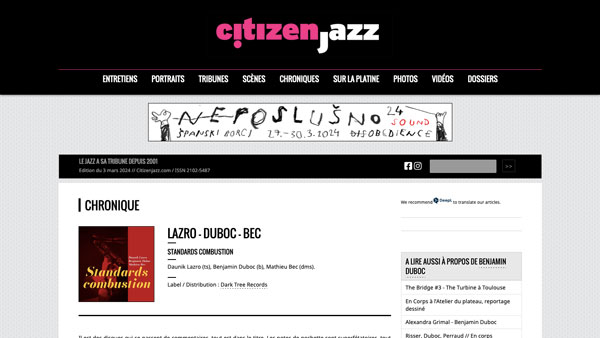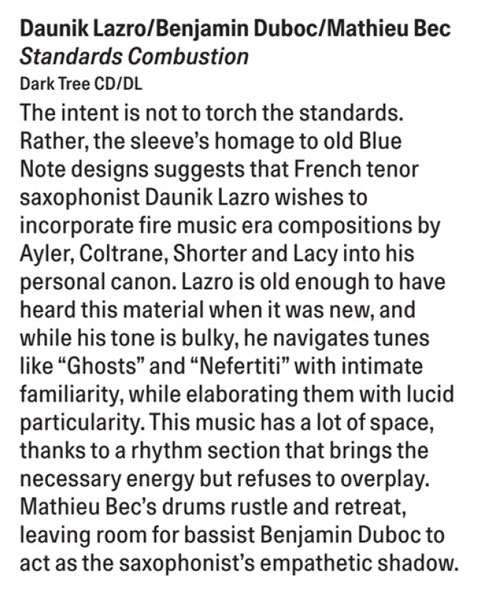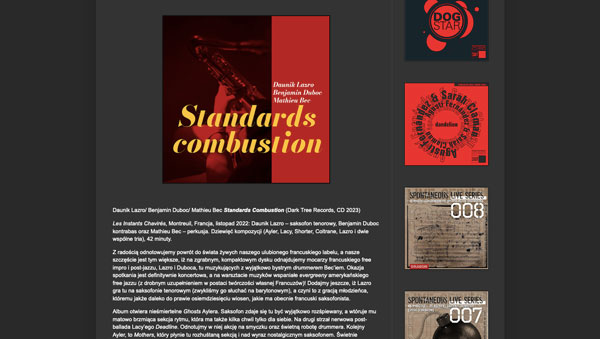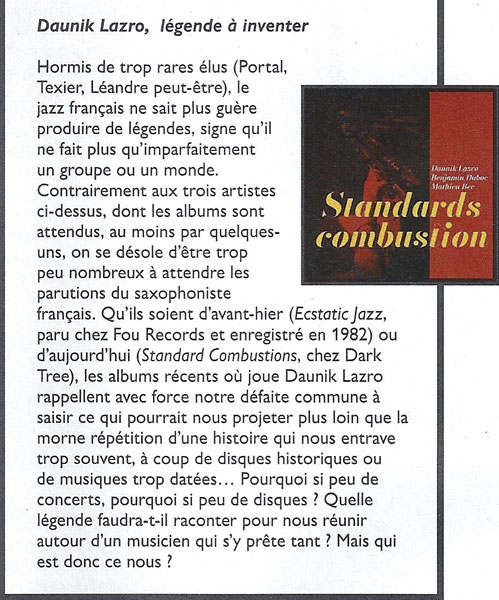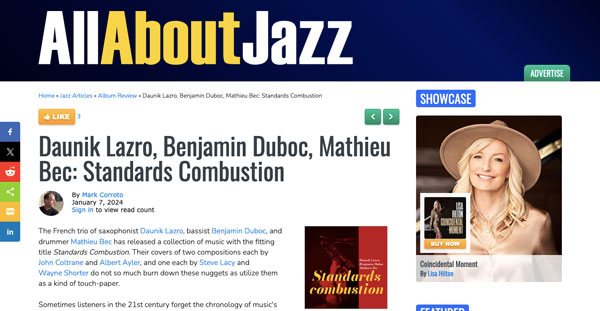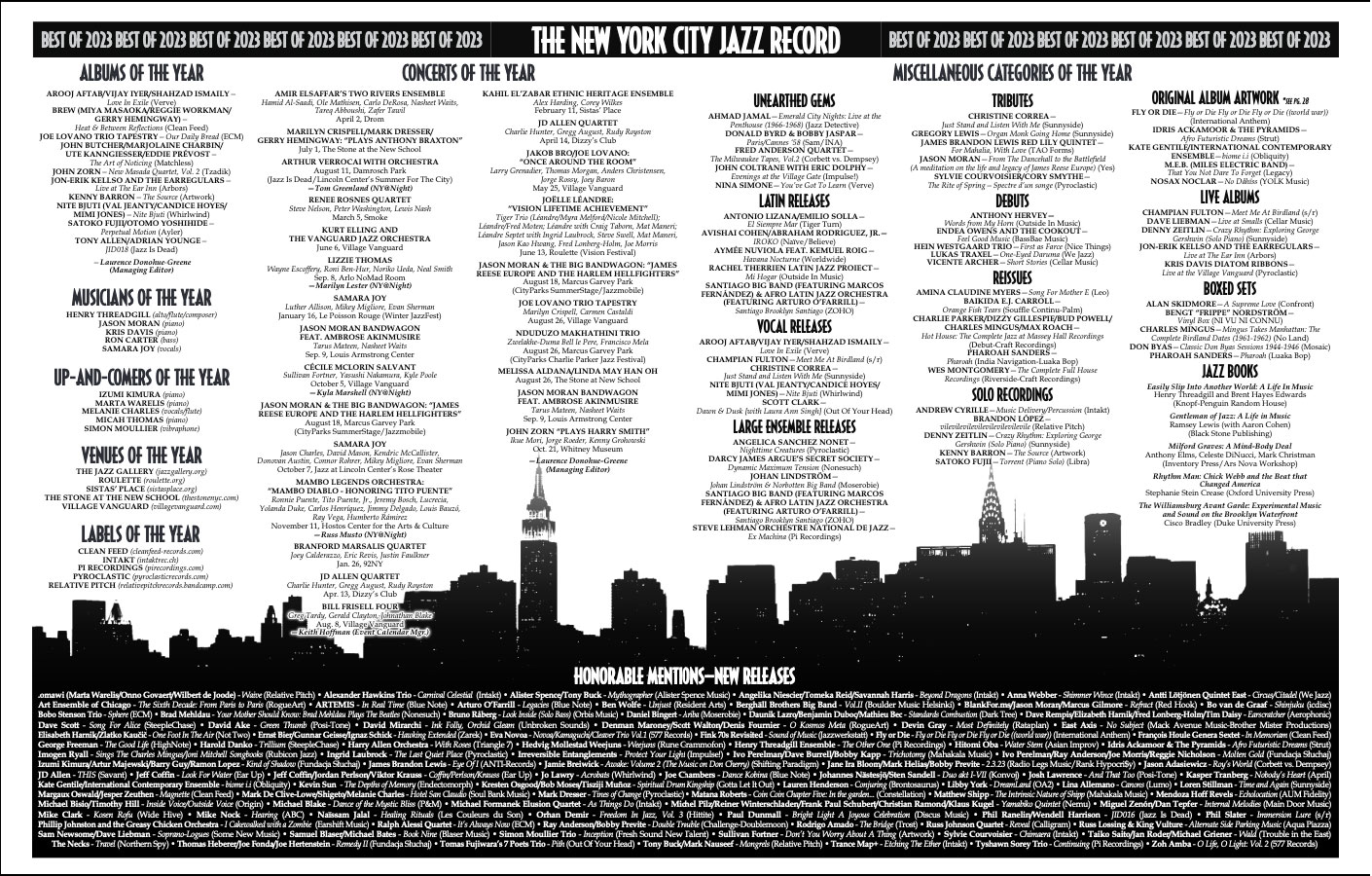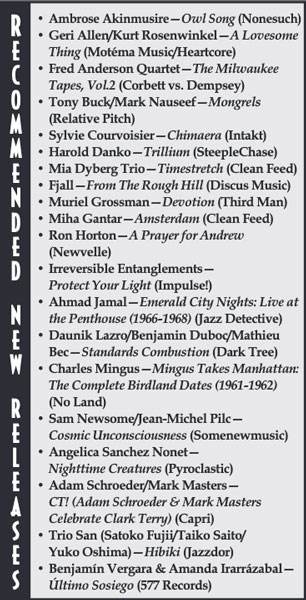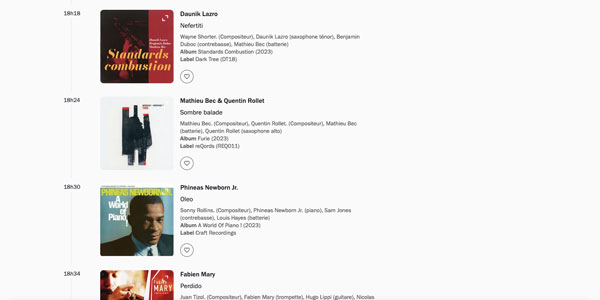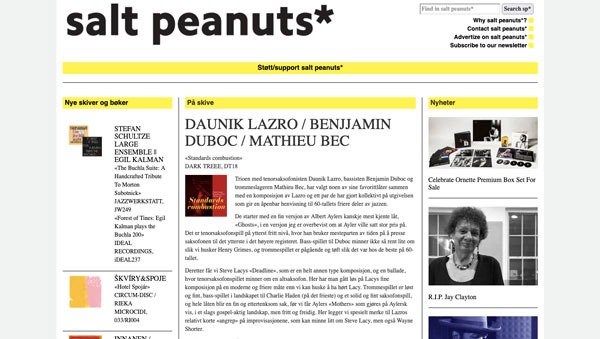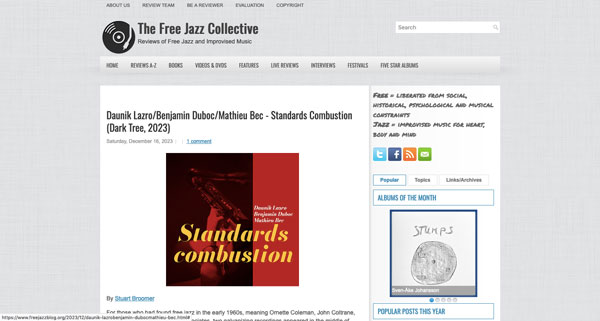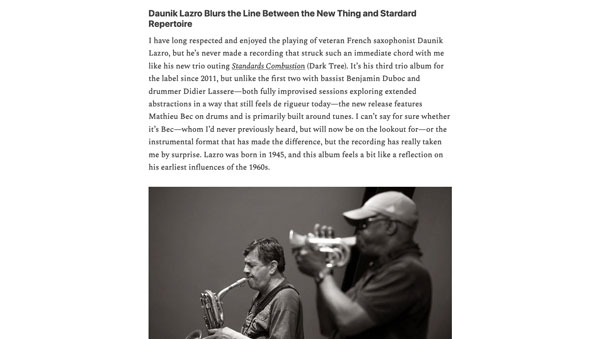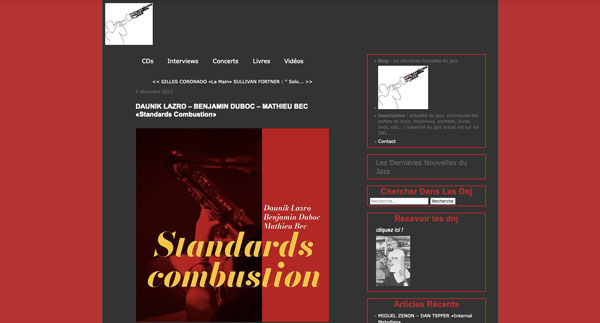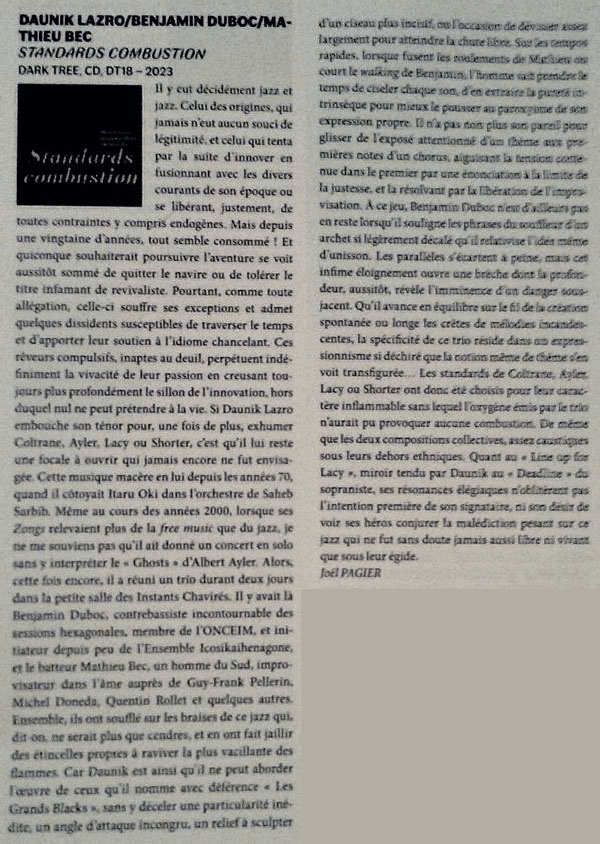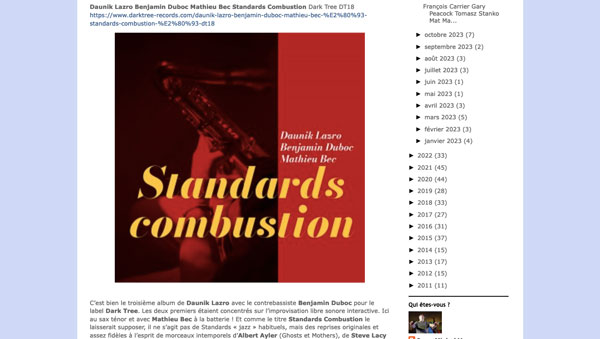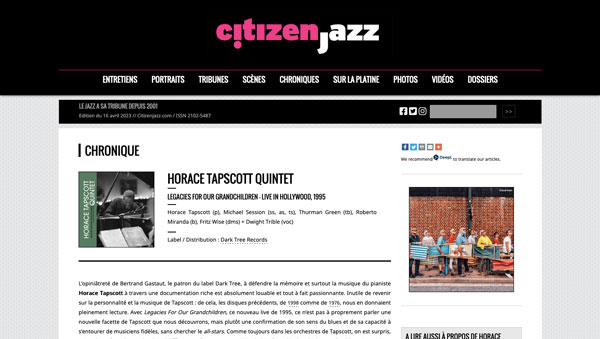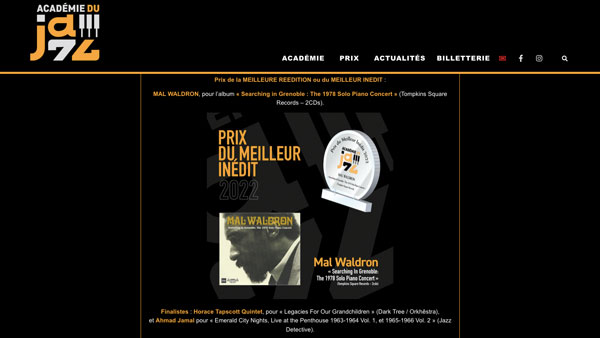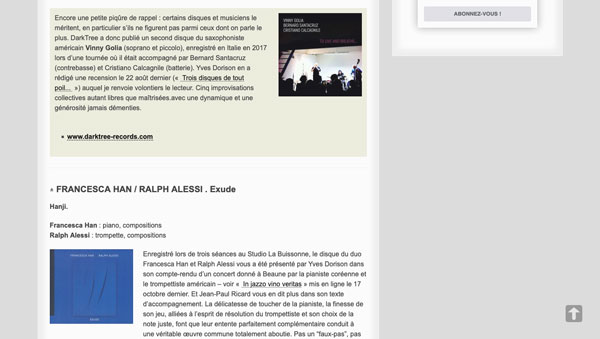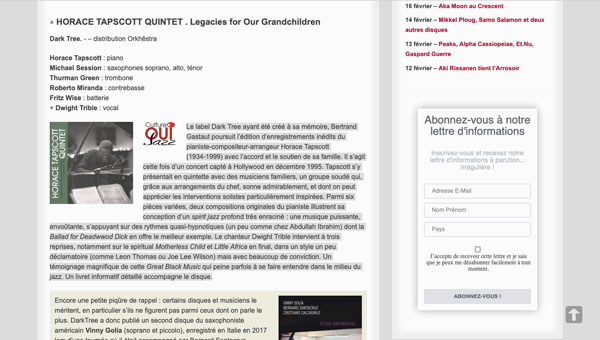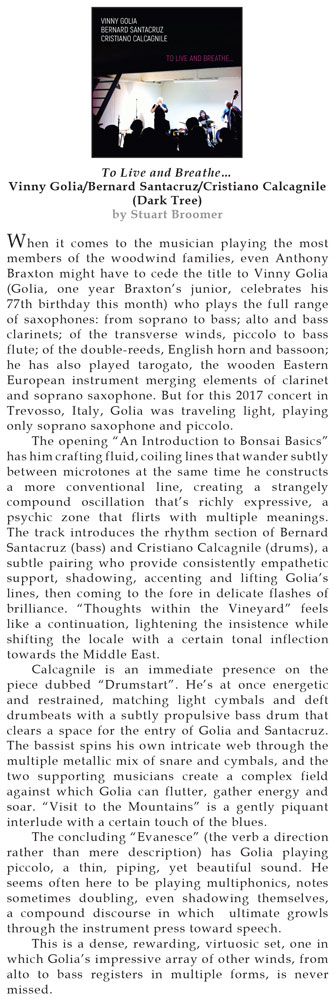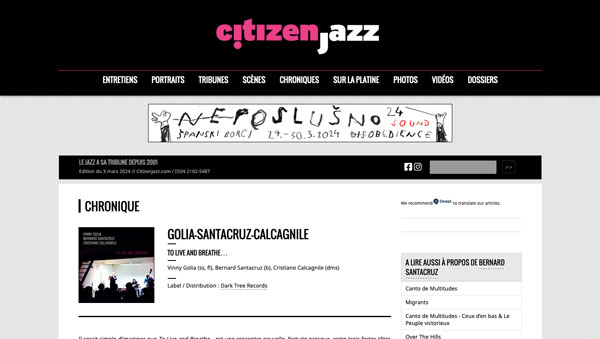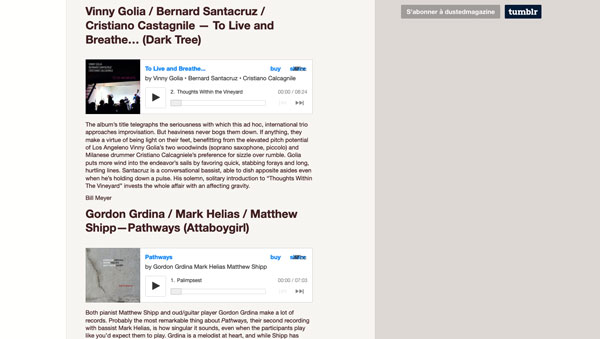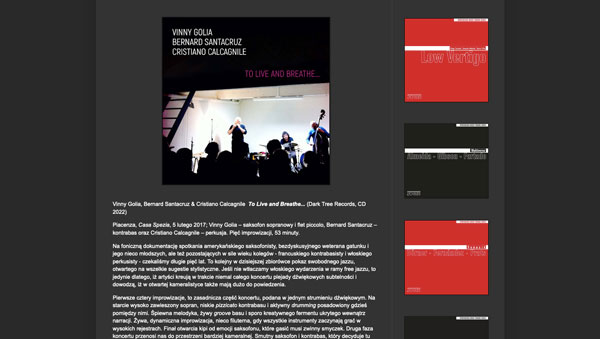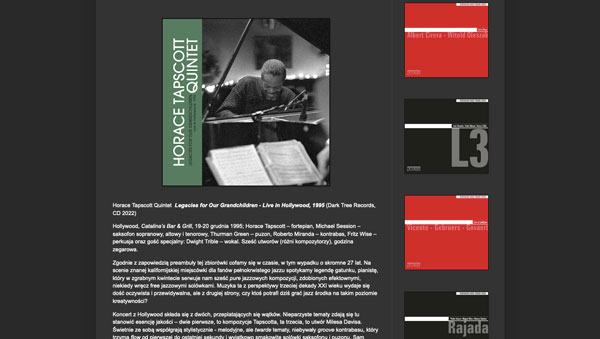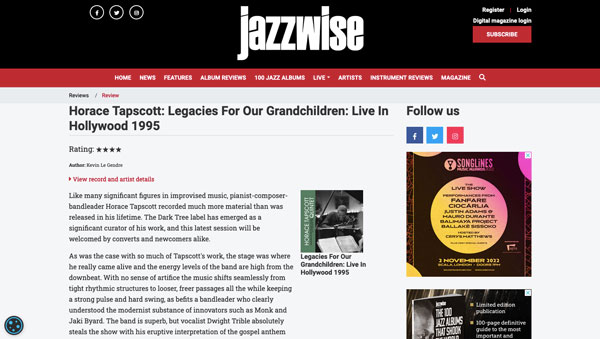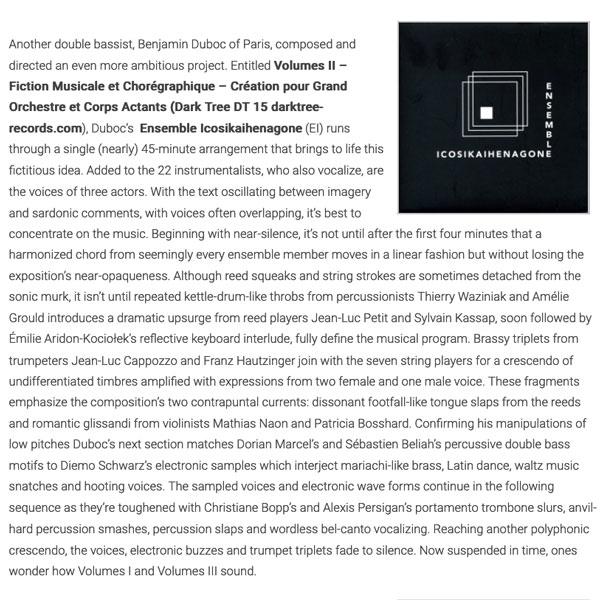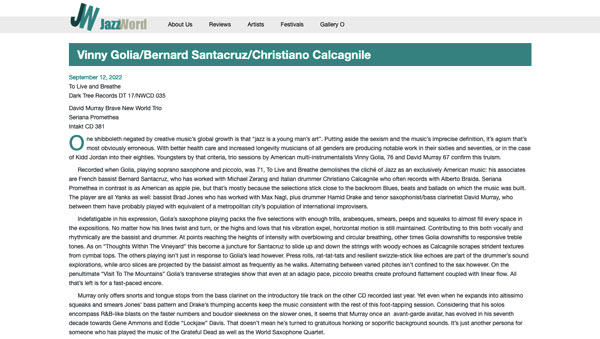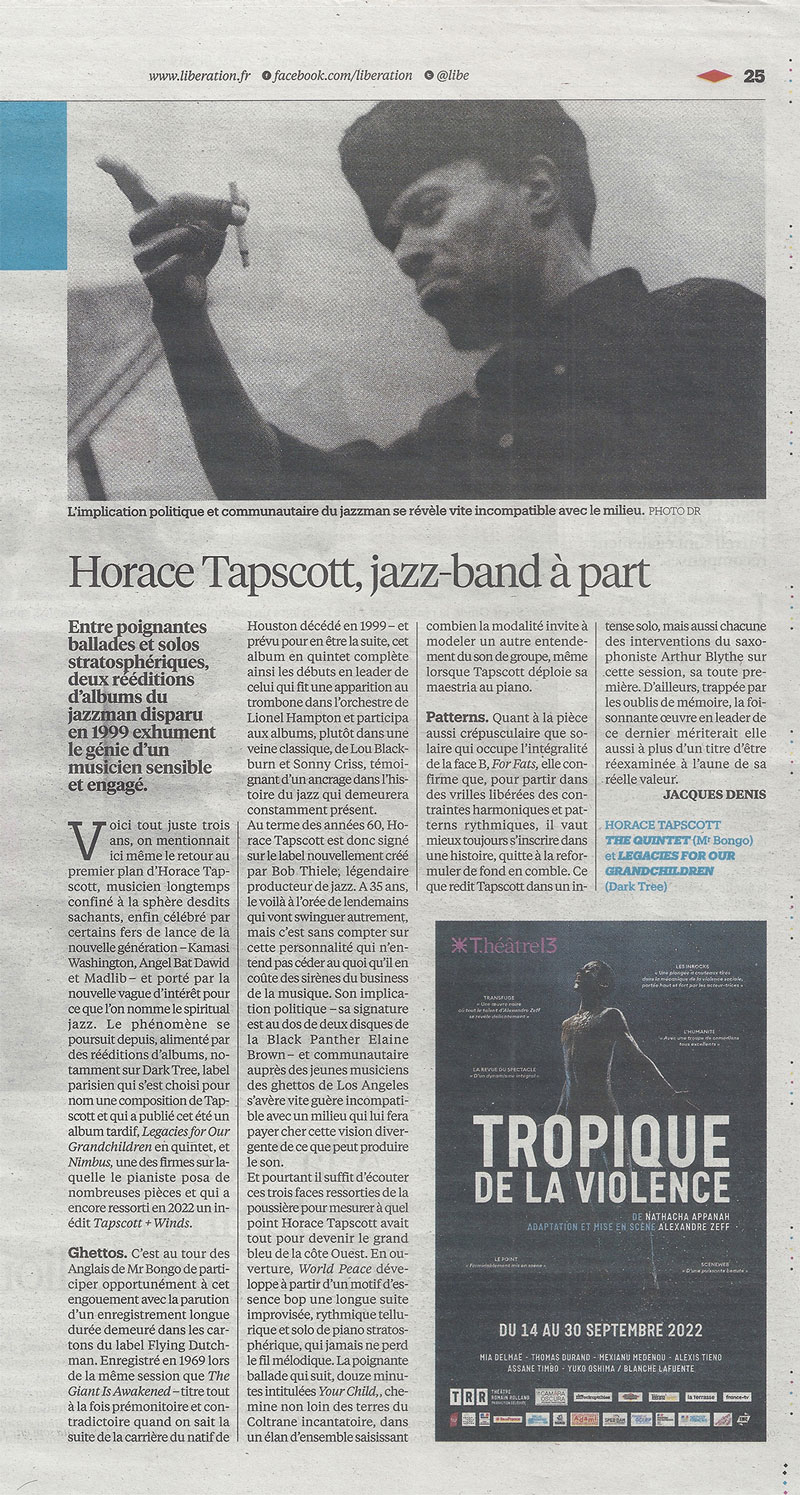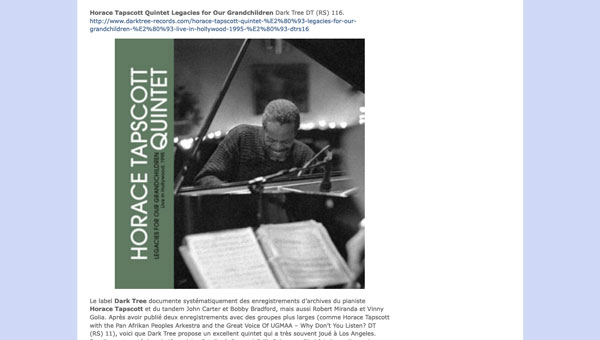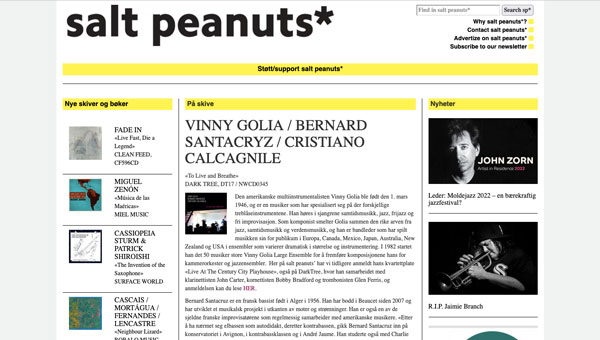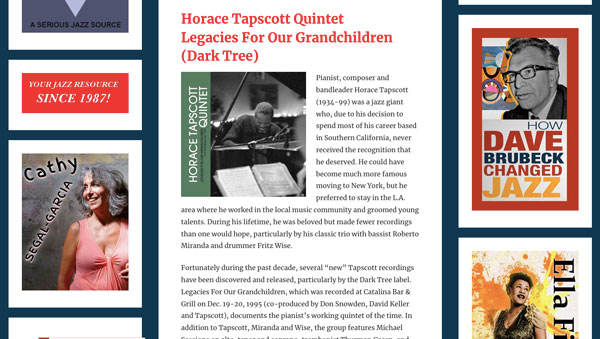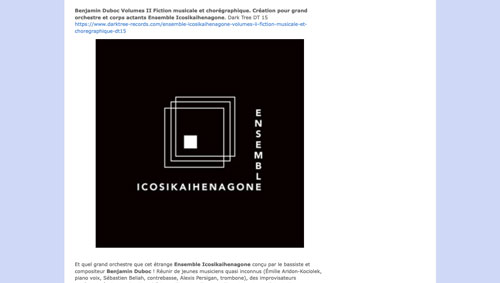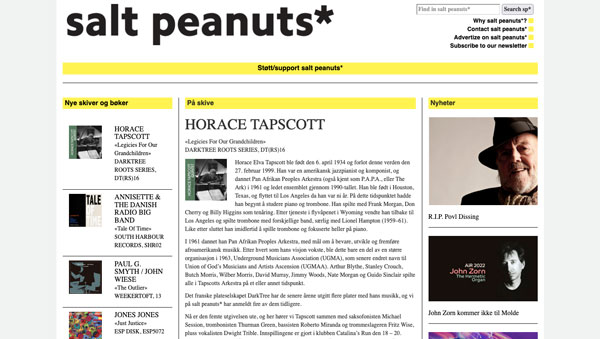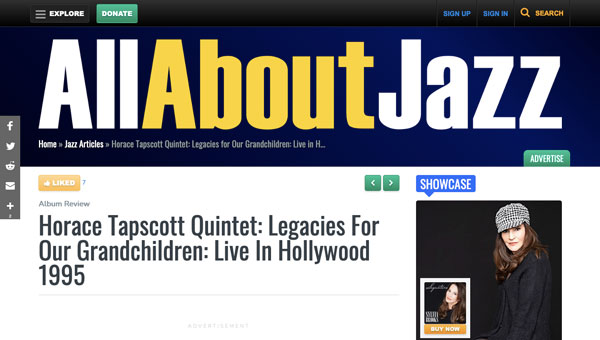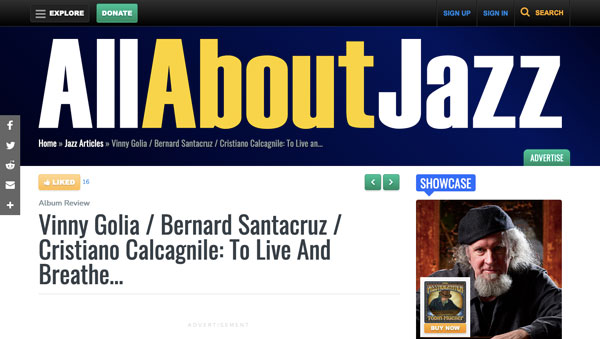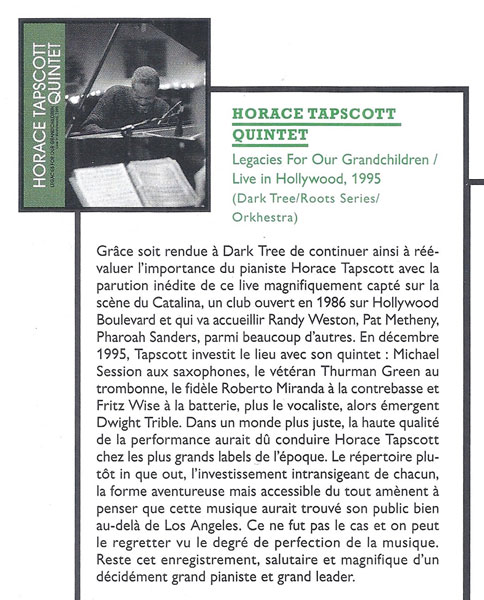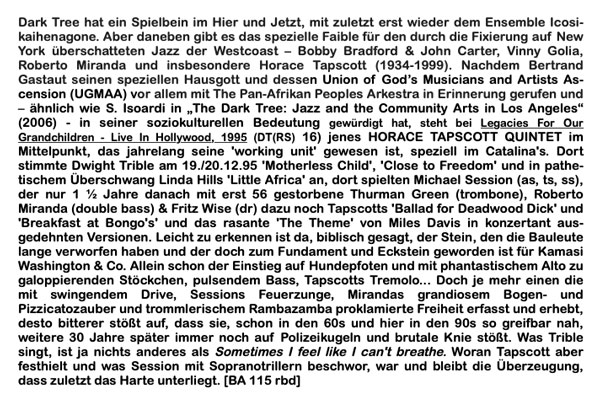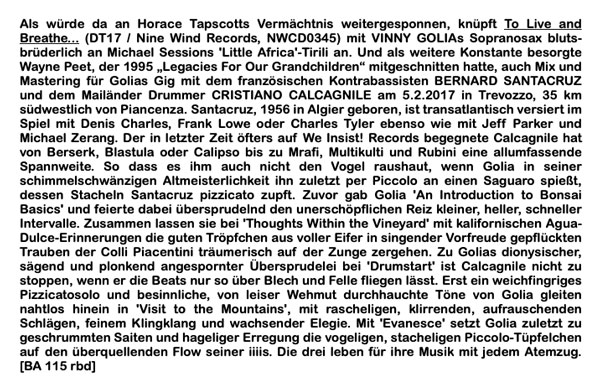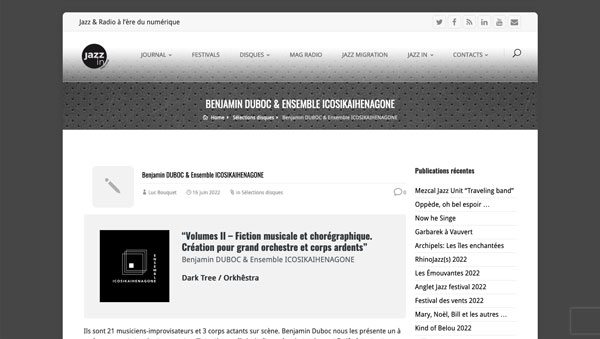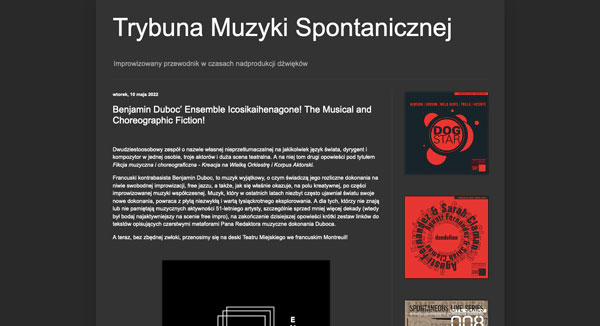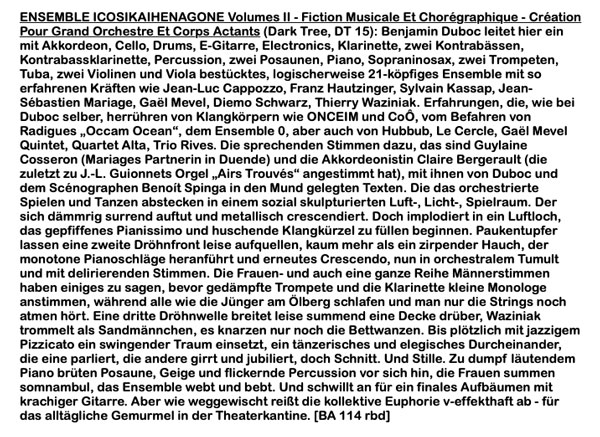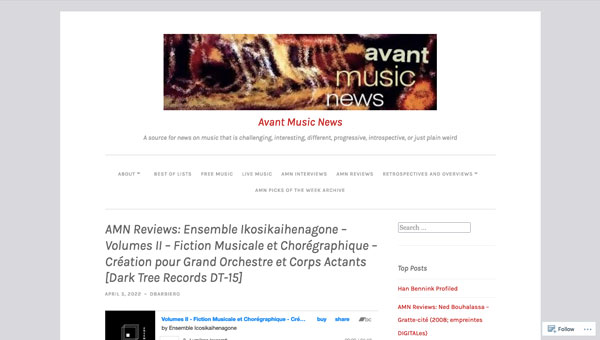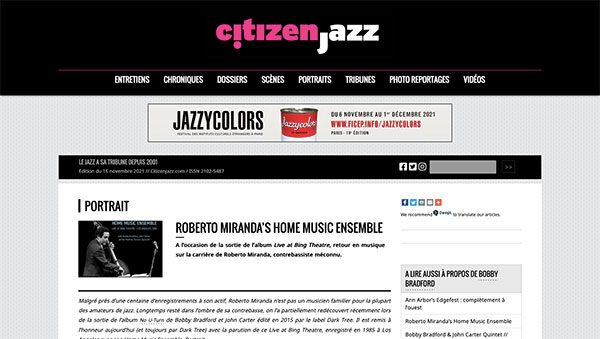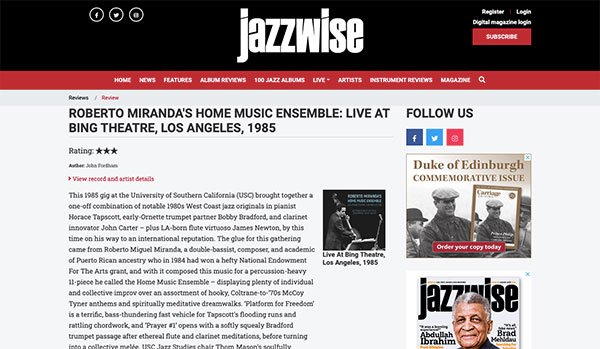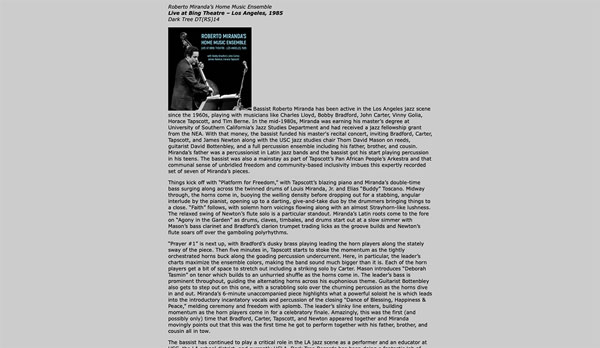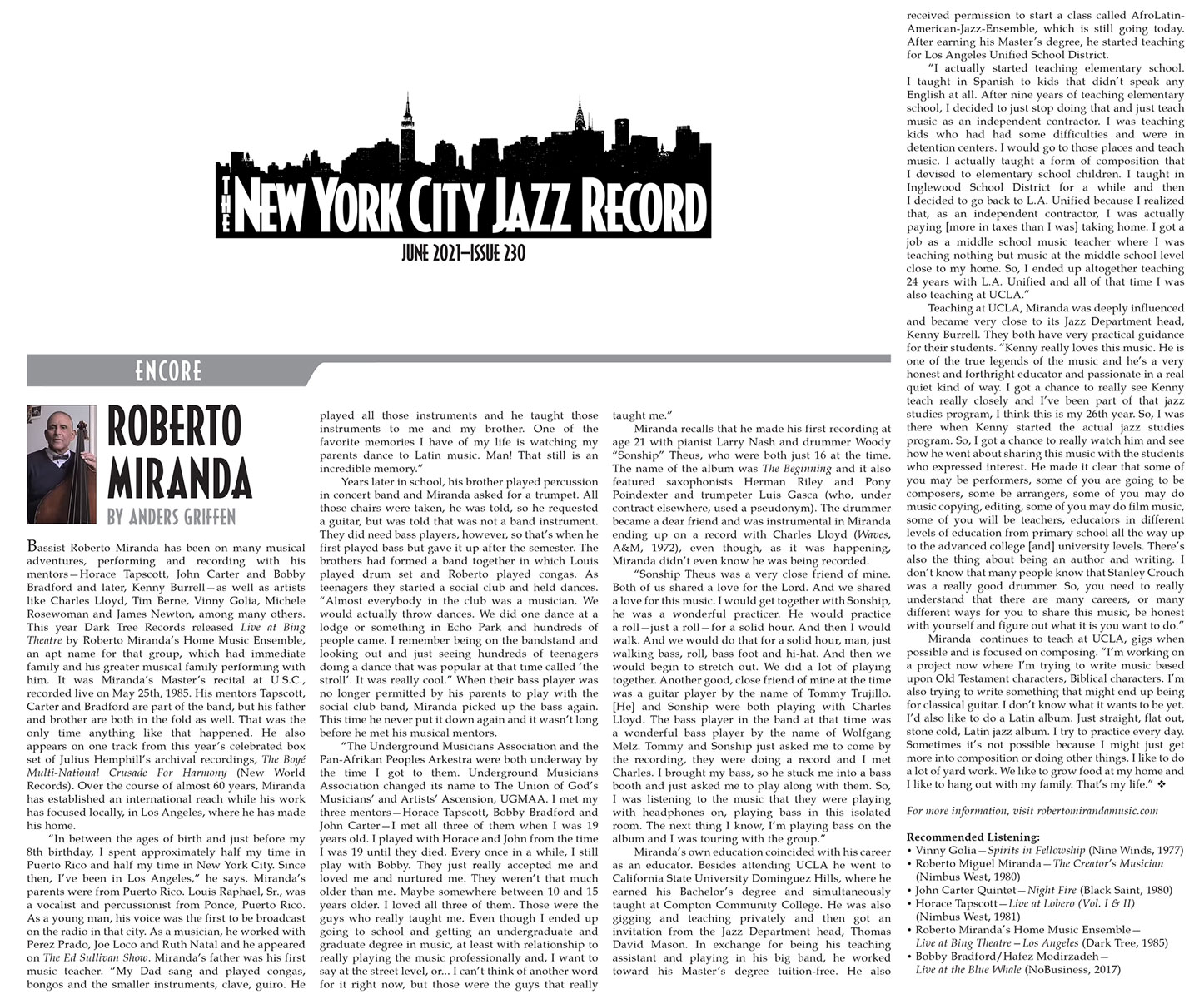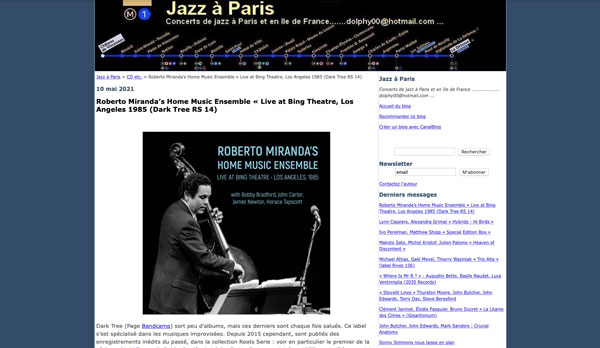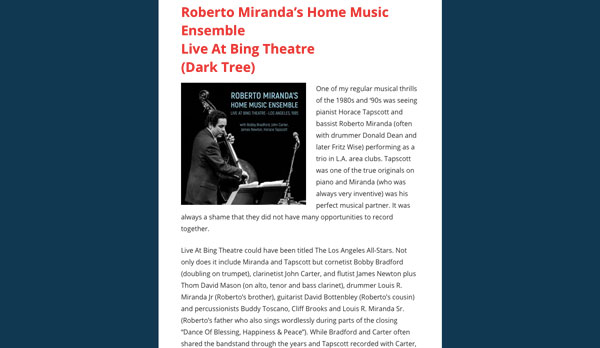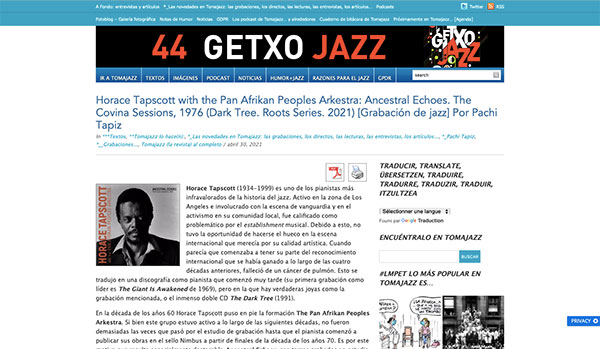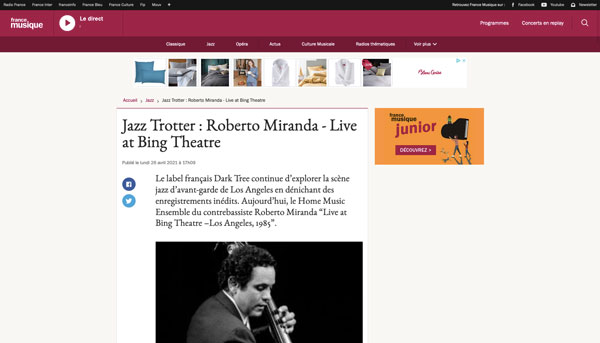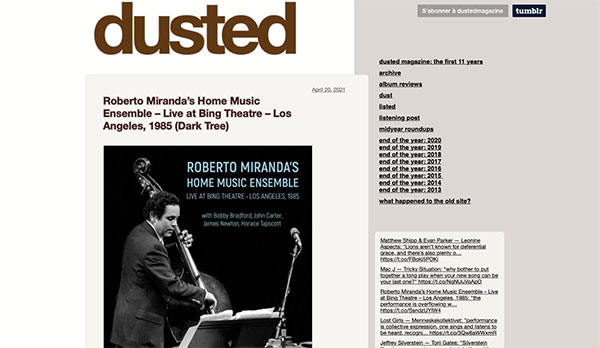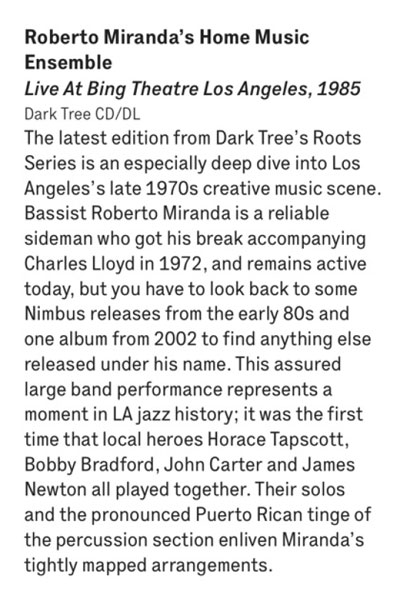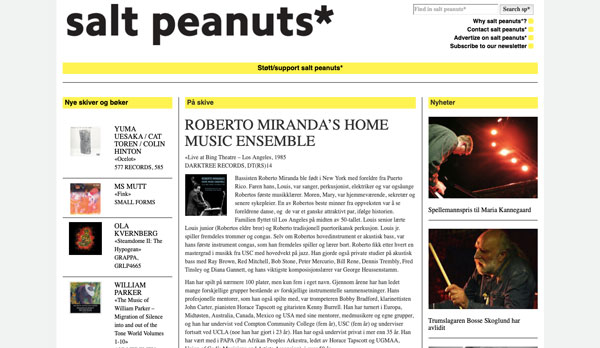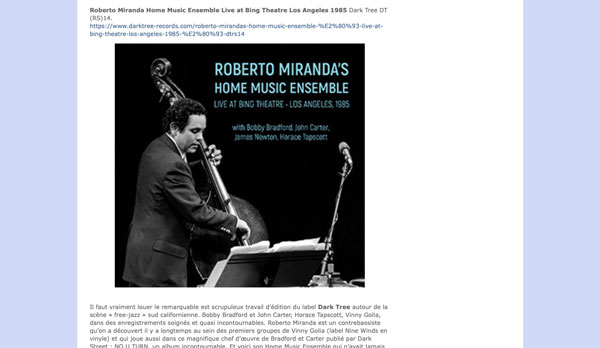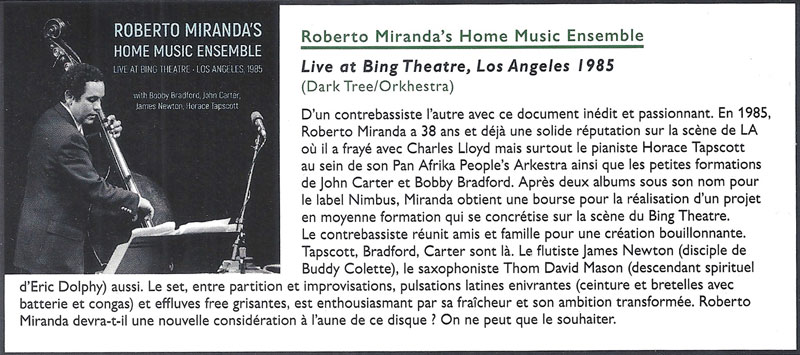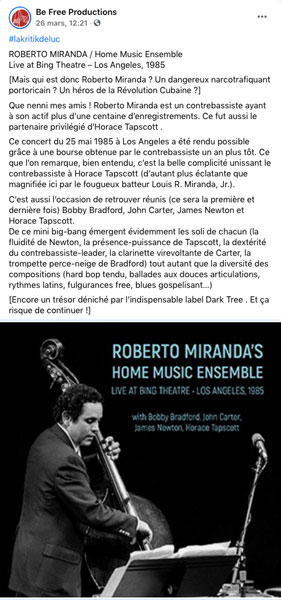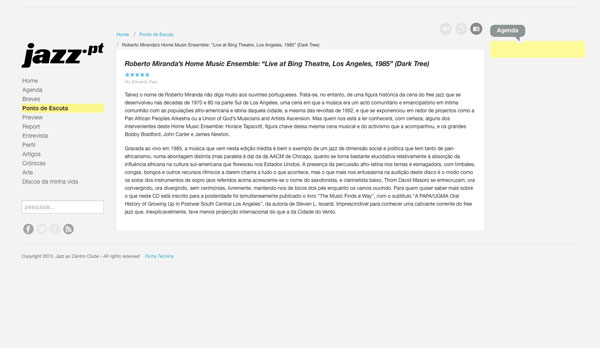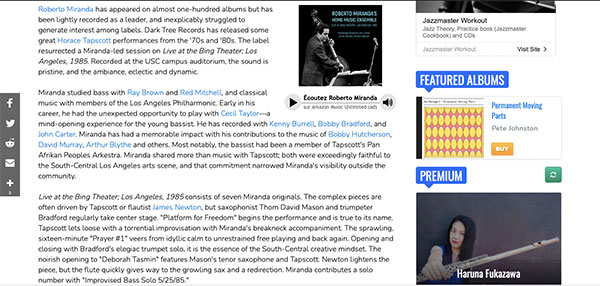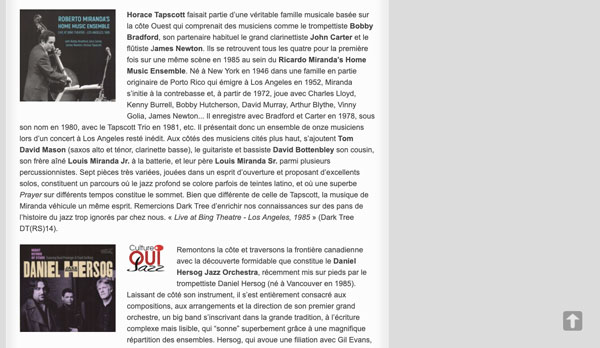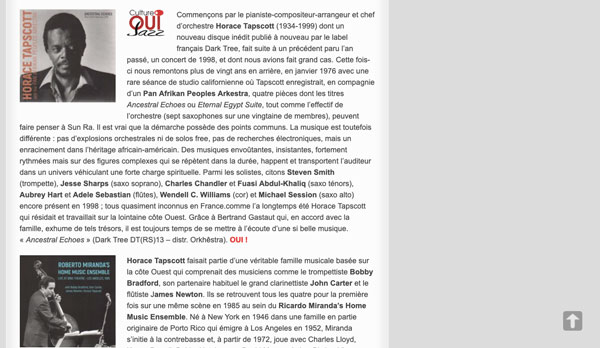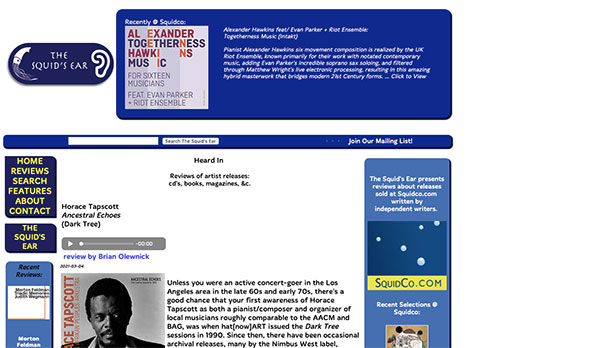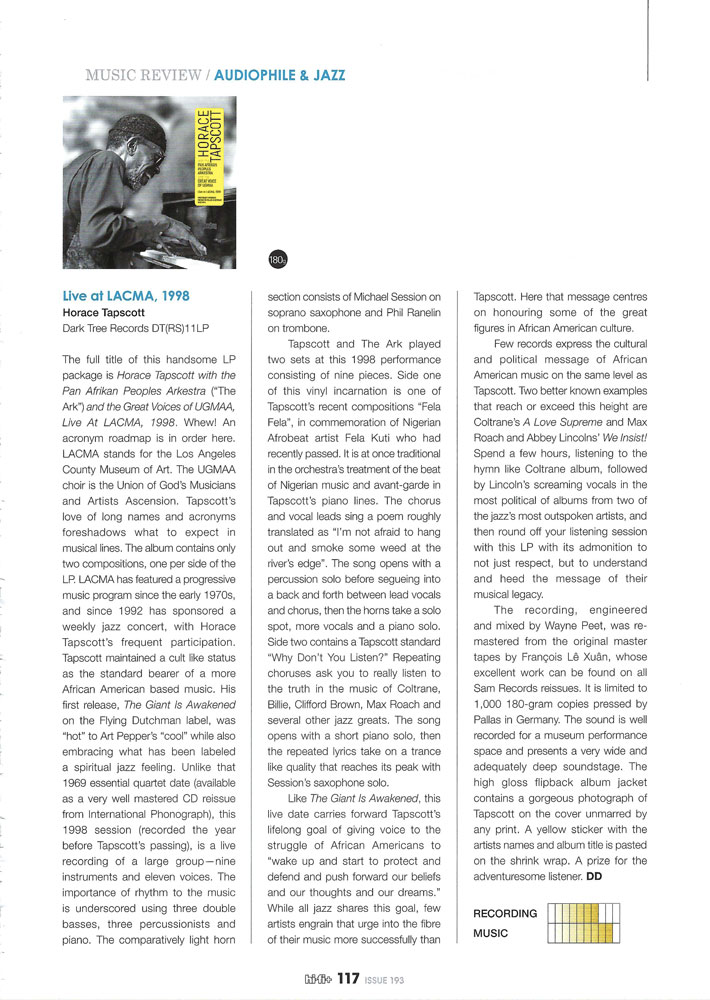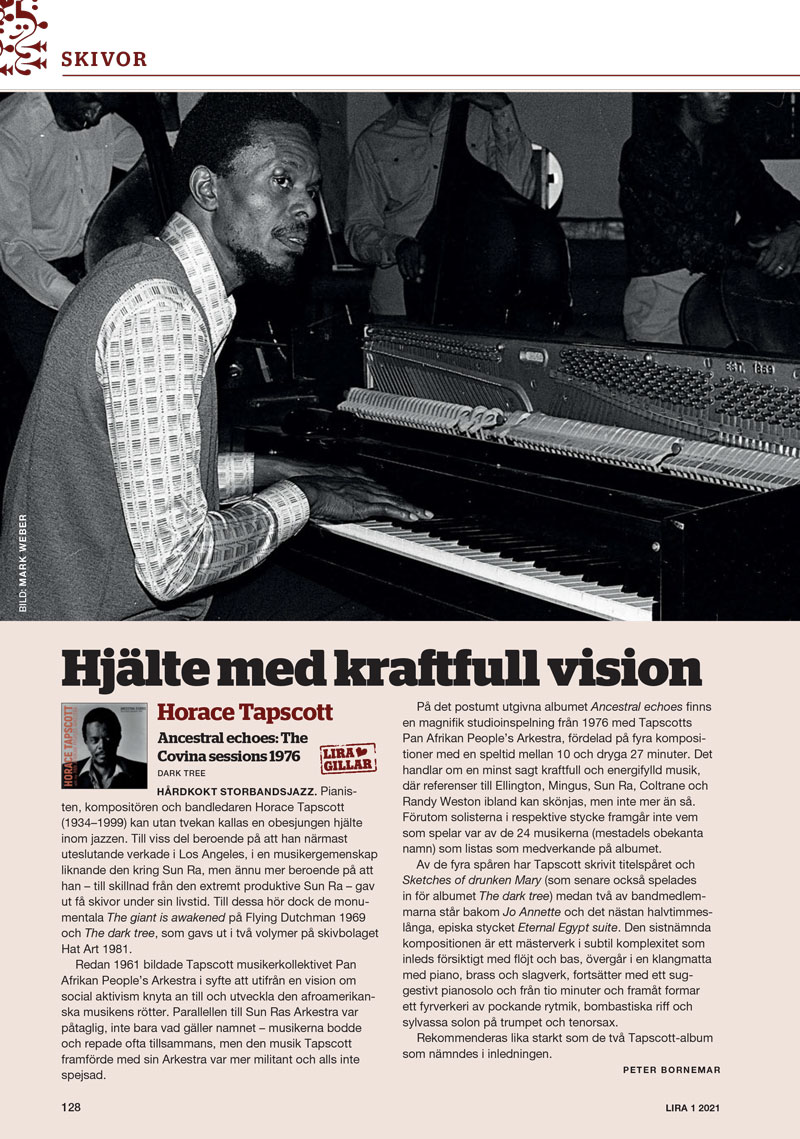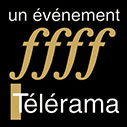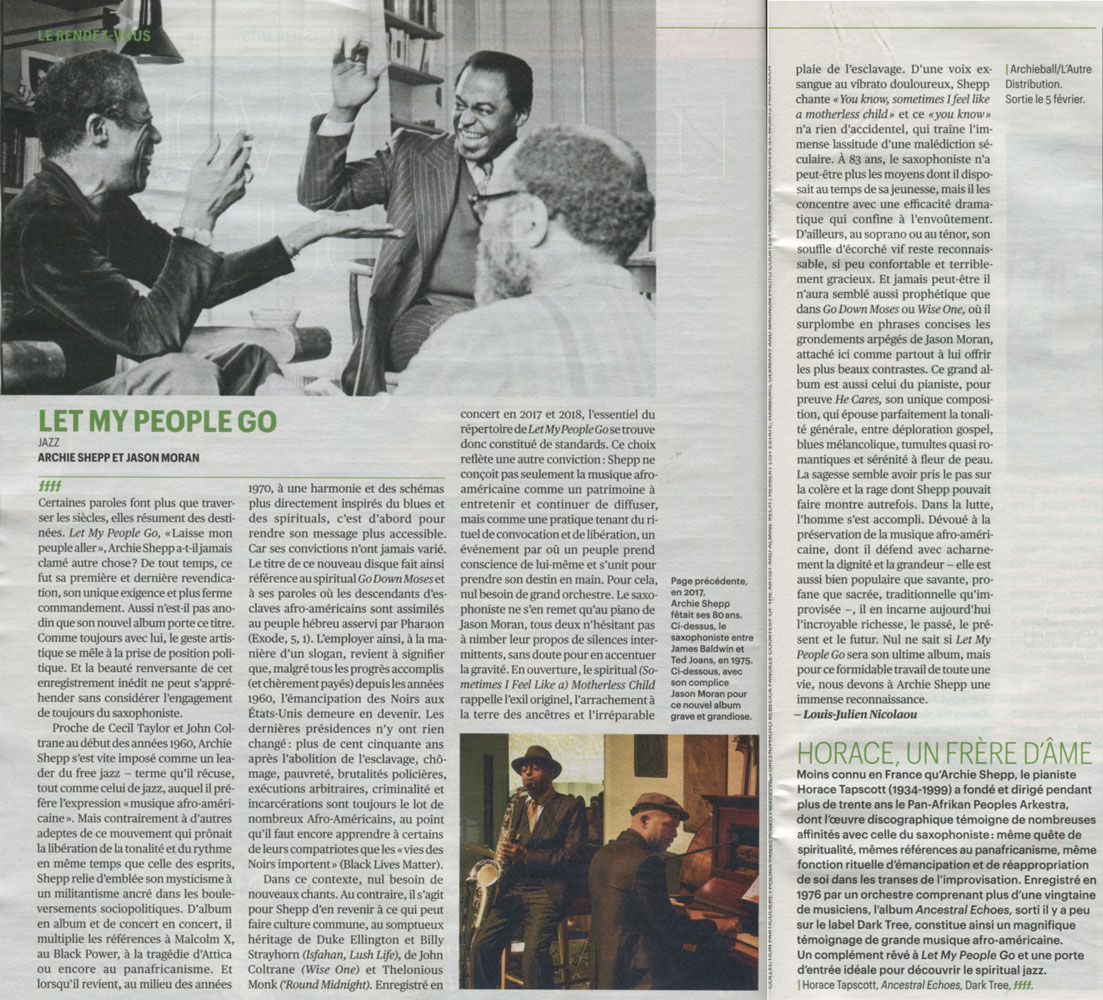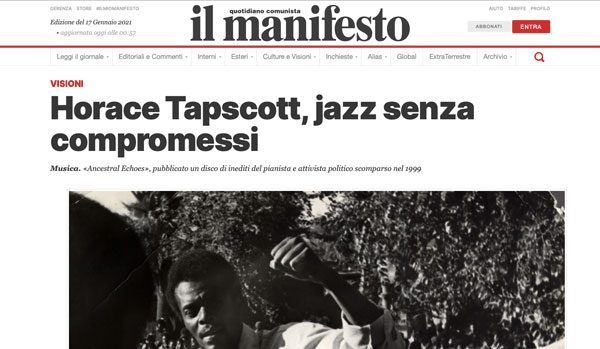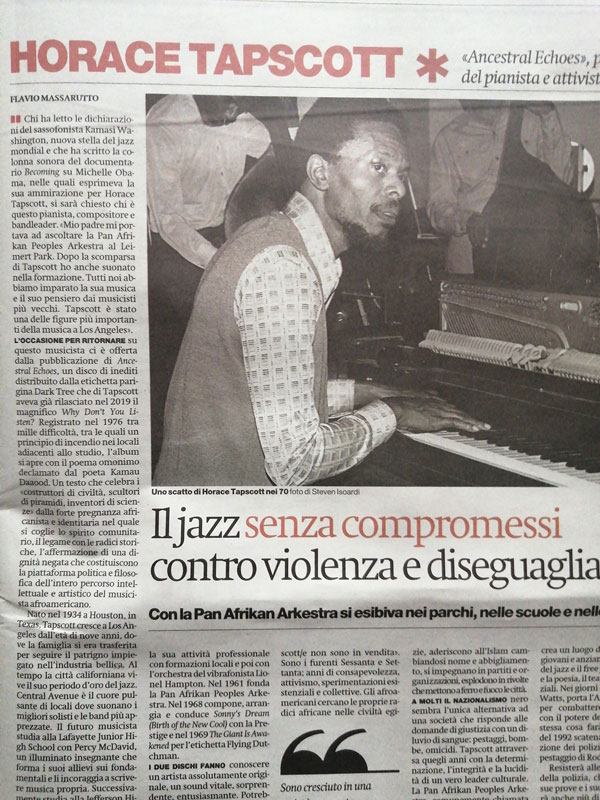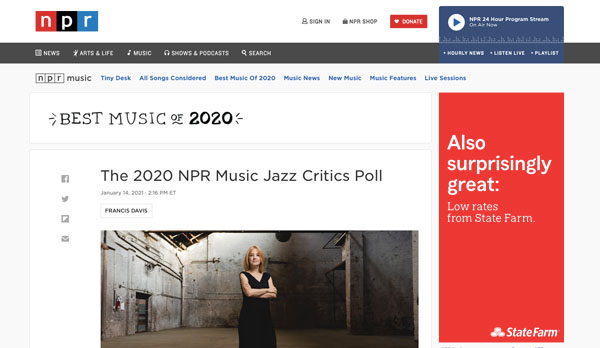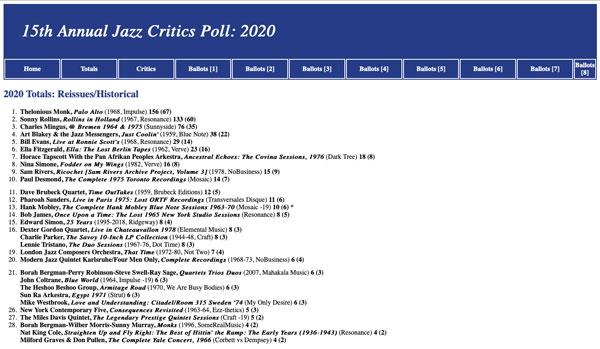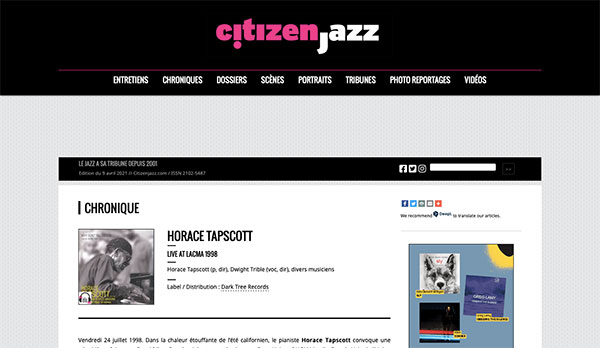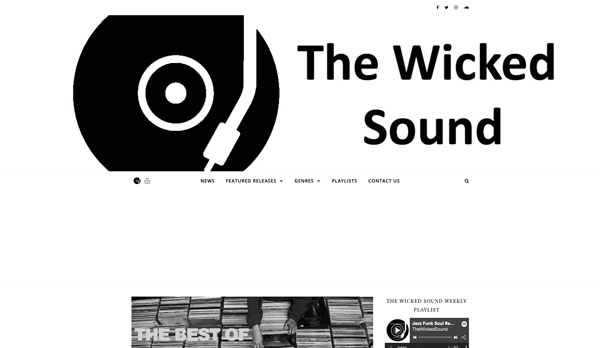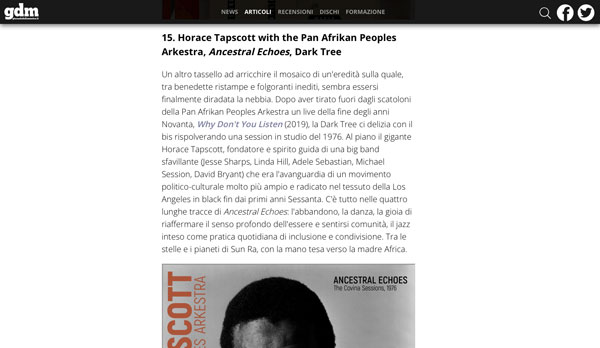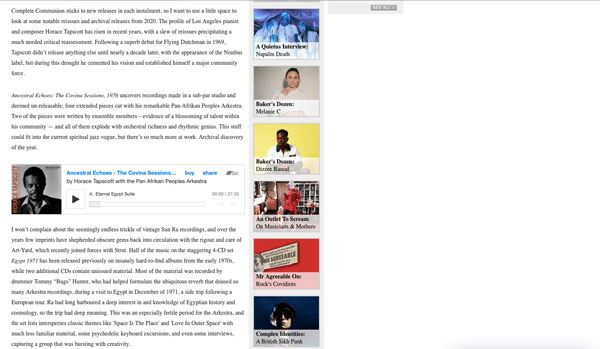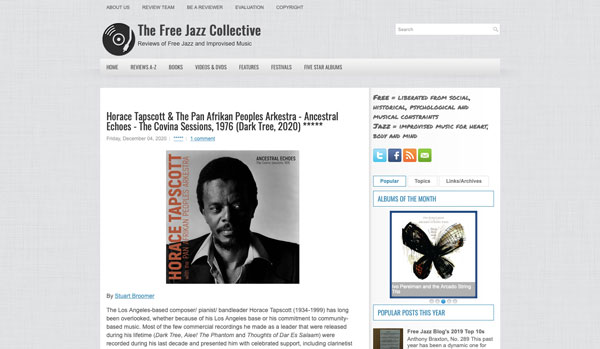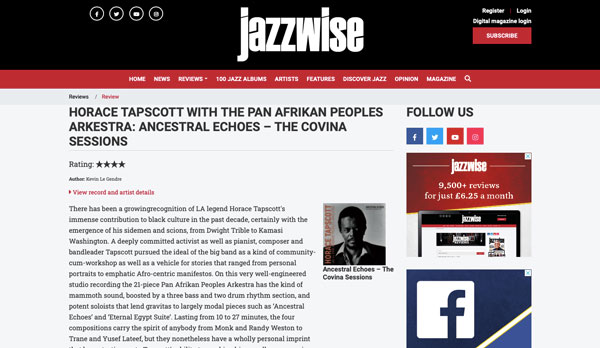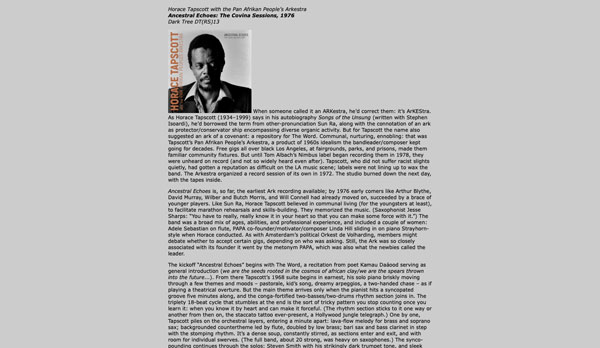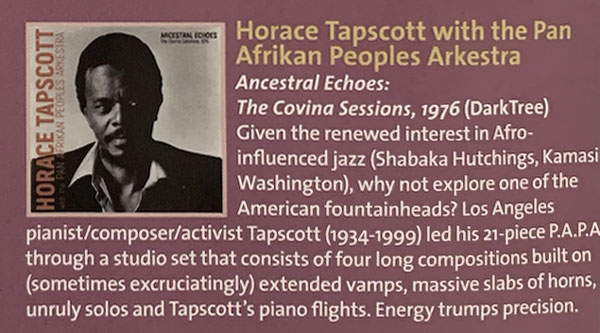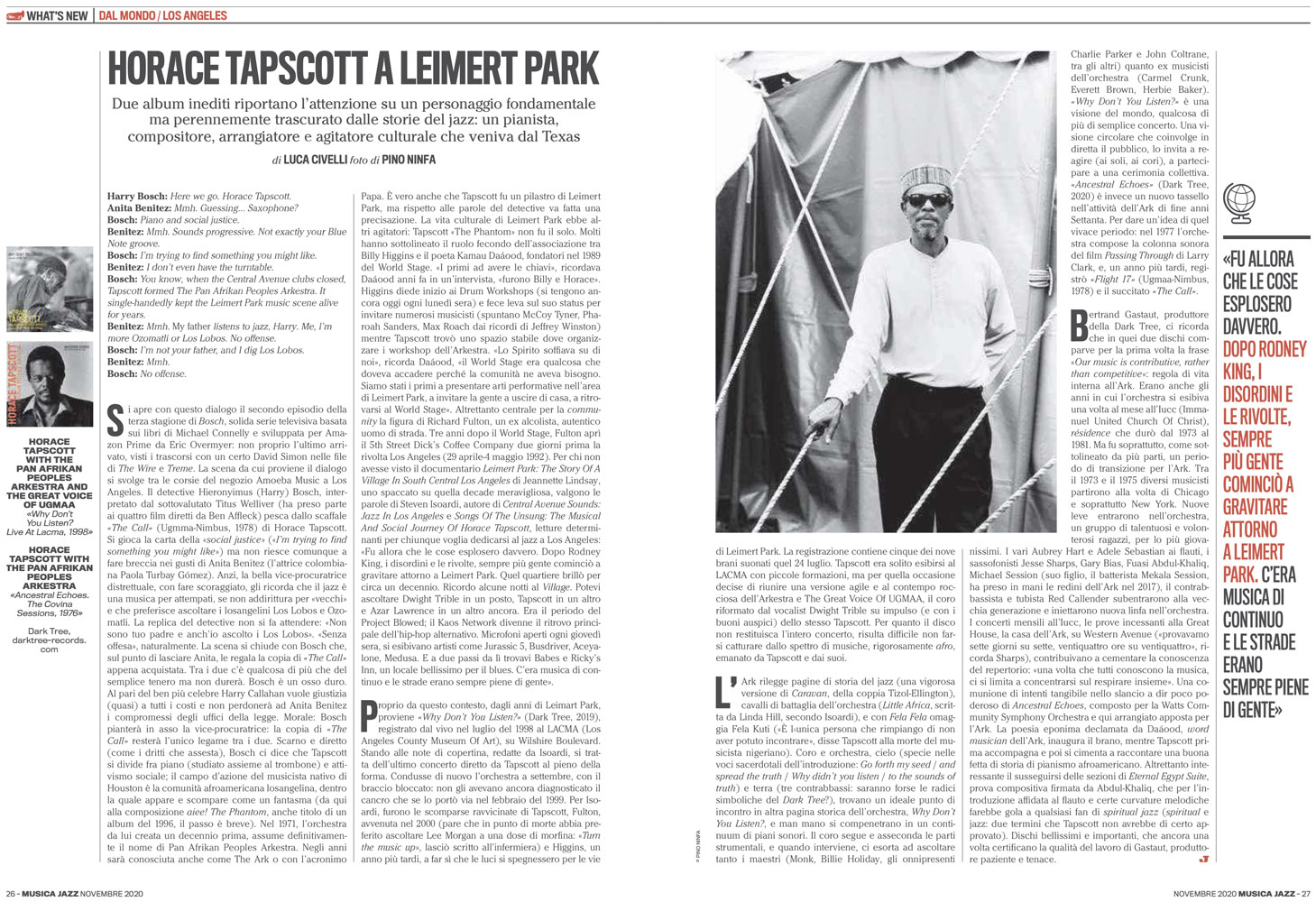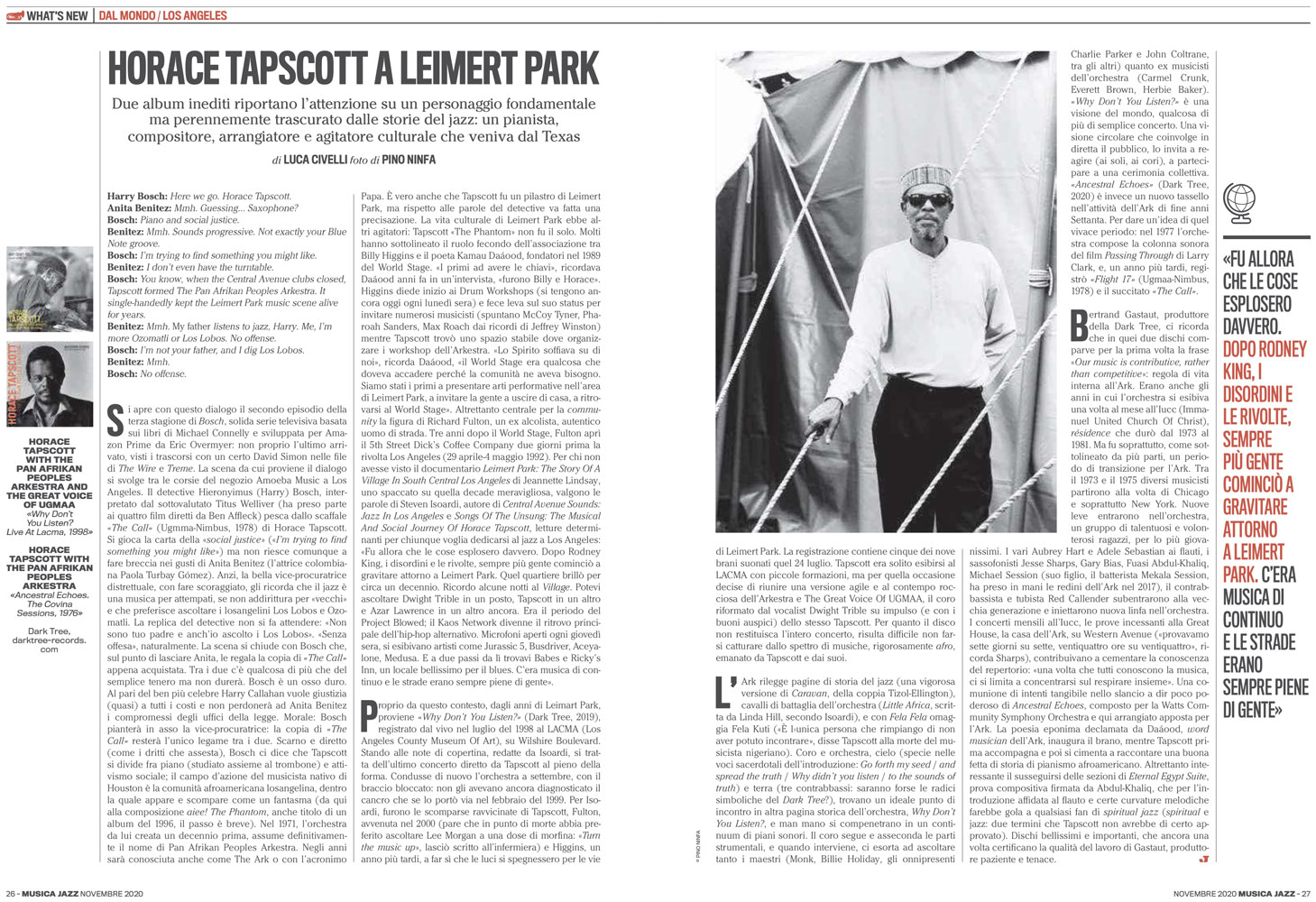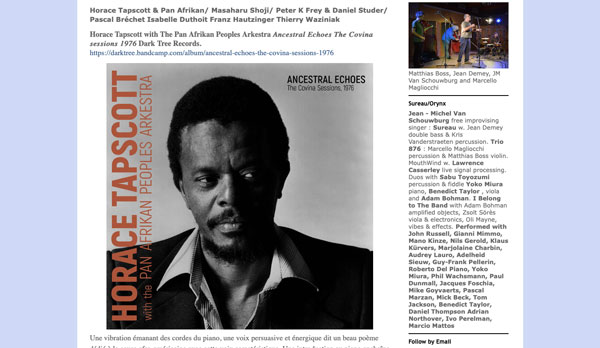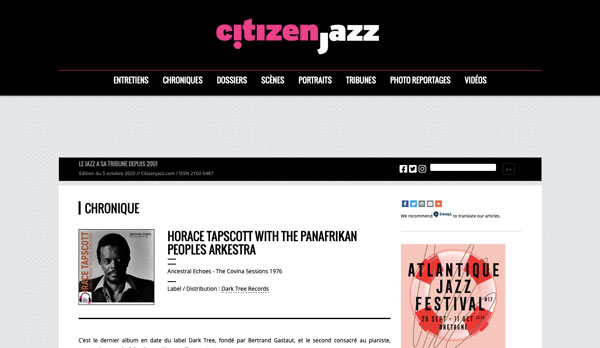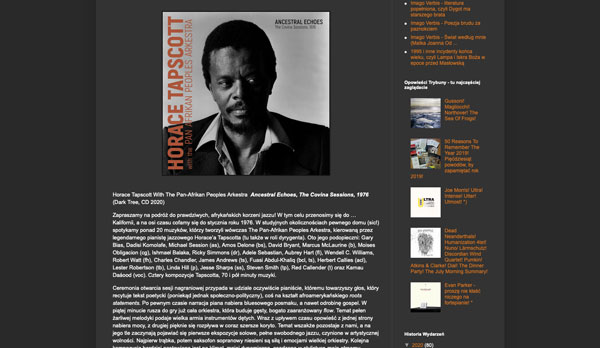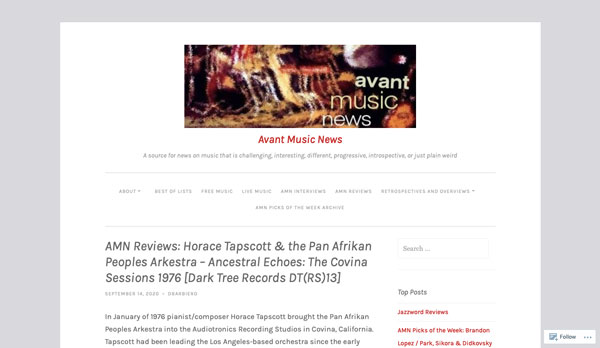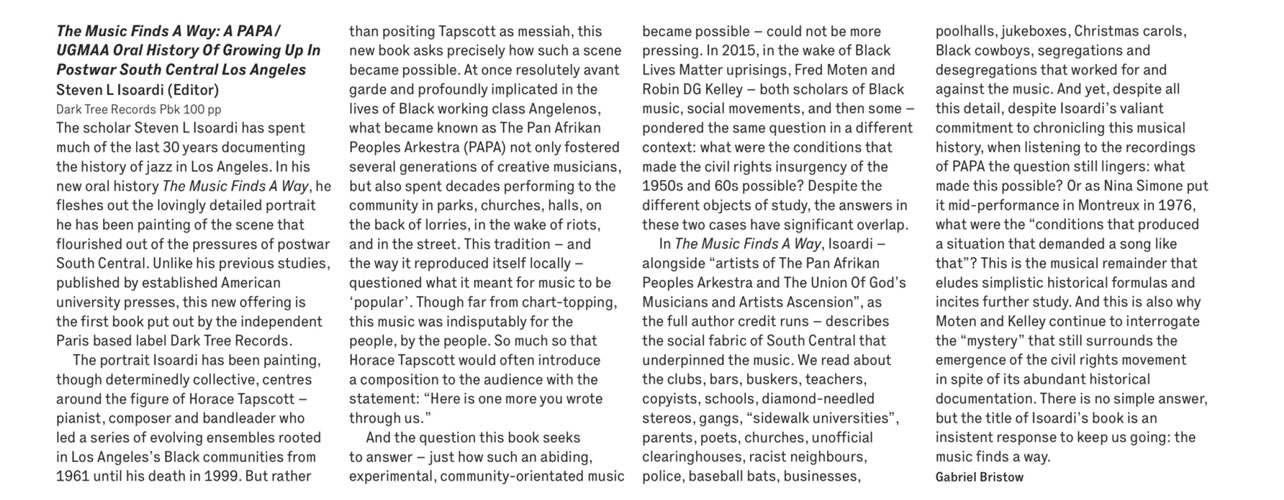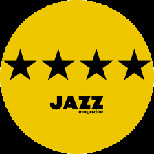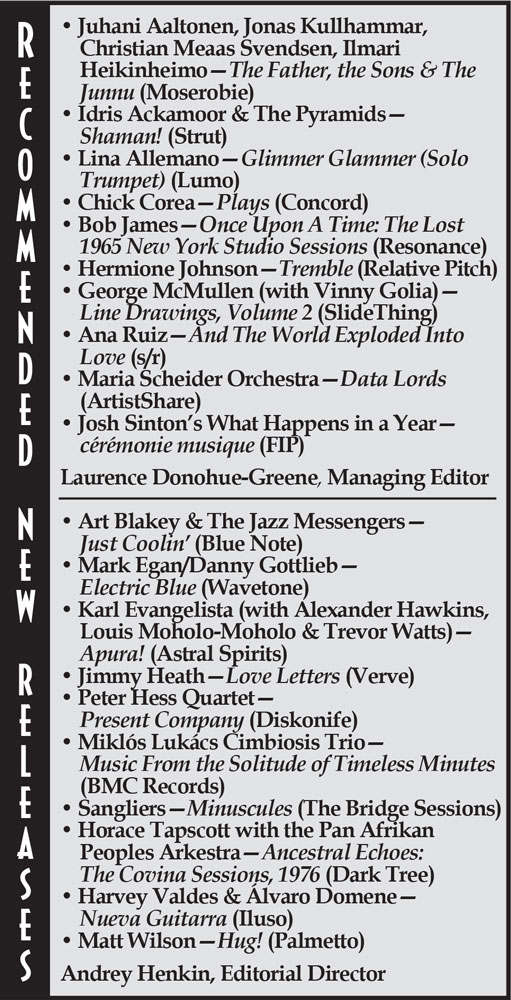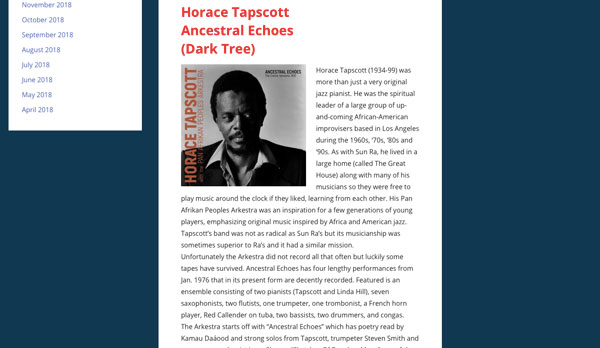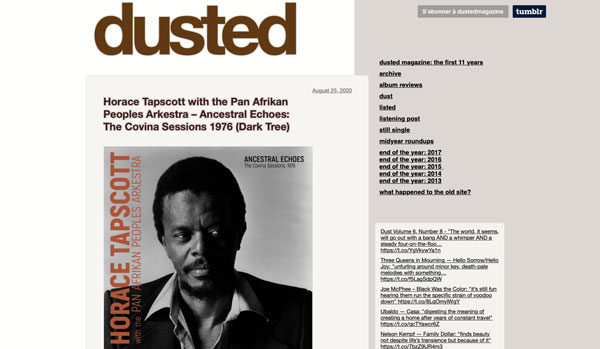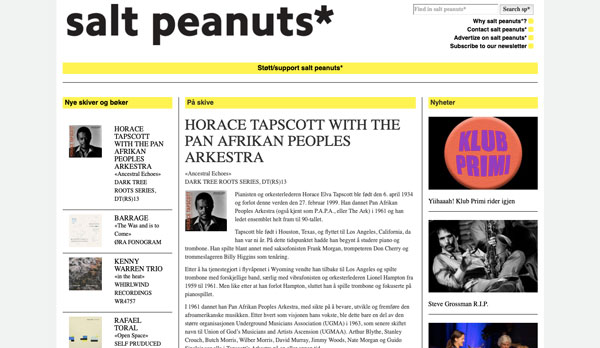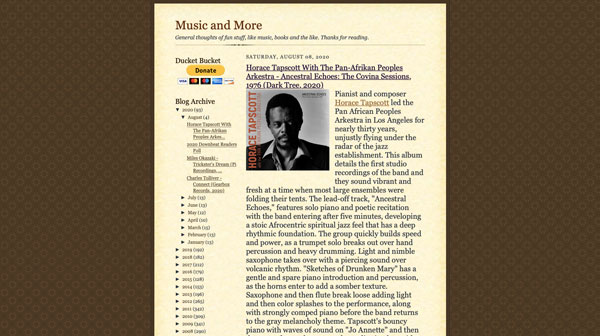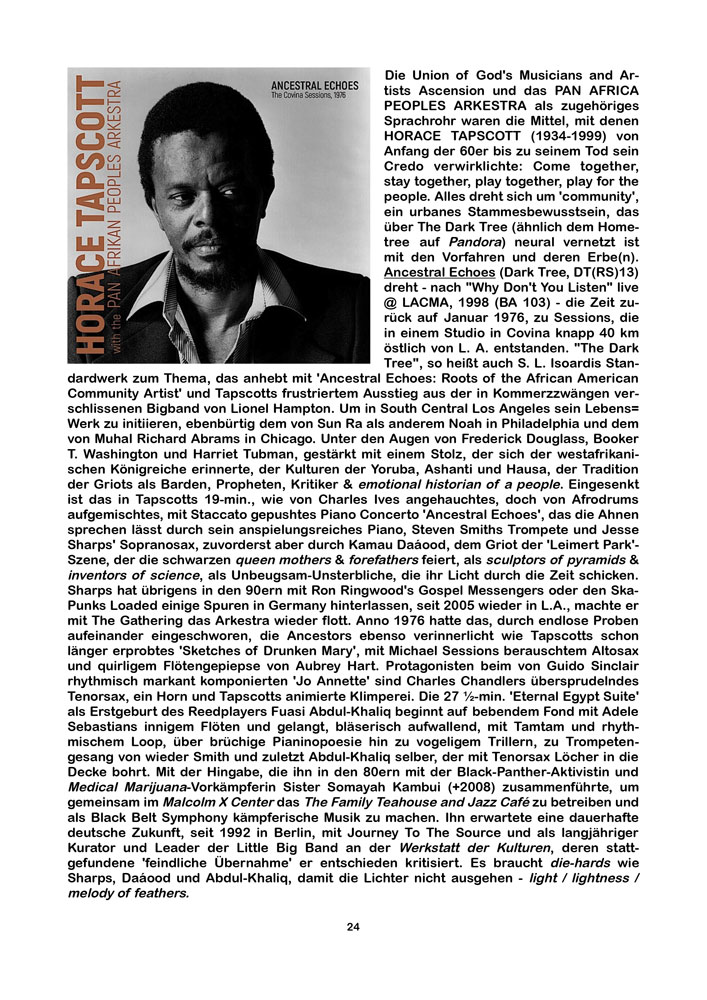• Point of Departure (December 2020)
Excerpt from:
Part III: The University of the Streets in Postwar African American L.A
Grant’s Music Center
A few miles northwest of Watts, in the Midtown Shopping Center at 3306 Venice Boulevard near Third Avenue, just above the Westside, a former saxophonist with Lionel Hampton’s and Gerald Wilson’s big bands, Henry Grant, opened a music center early in 1965. (34) Within months it became a magnet for black music devotees, r&b and jazz, students and professionals. Grant created a network of spaces covering two stories in a mall facility that offered equipment, instruments, music instruction, rehearsal rooms of varying sizes, and professional services, such as music copying and arranging. His school was staffed with a faculty of over a dozen professionals drawn from the American Federation of Musicians Local 47, as well as such jazz and R&B artists as John Ewing, Herman Riley, Fred Jackson, Gil Askey, Charlie Persip, Oliver Nelson, and Gerald Wilson. In his memoir, saxophonist Preston Love even remembers the Center as the “unofficial clearinghouse for helping less fortunate black musicians to gain employment in the Los Angeles area.” (35) Perhaps not since the 1920s and 1930s, when musician brothers Benjamin “Reb” and Johnny Spikes operated their music center at the corner of Twelfth Street and Central Avenue, had there been such an establishment in black L.A.
On the second floor were additional rehearsal/teaching spaces, a large rehearsal hall, and another space operated by Marion Sherrill, a music copying service called The Script House Music Writing Service, whose members contributed arrangements to and copied charts for a who’s who of jazz and R&B artists. (36) Under Marion’s guidance many young, aspiring musicians also received training in arranging and copying from established professionals like Motown’s Gil Askey, a regular visitor, to Horace Tapscott. It was a business, but Marion also saw it as a duty to the community, an ethos imparted to him during his years as a student at Jefferson High School:
As Sam Browne always said, “I’ll help you, if you’ll help the community. If you don’t want to help the community, why should I turn you on?” So, that’s been basically our motto. When I had the office, I made sure that I always had maybe two apprentices up there, young cats that would be playing and learn how to write. A few of them came out. Leslie Drayton came from there. And Leslie Drayton played with Horace, too…. Then when they get up so they could take care of business, kind of learn what they had to do, then I would kick them out and get a new set in. Get rid of them and get a new set in. So they could be aware of what the stuff is supposed to look like, how it’s supposed to be presented, and be aware of the commercial aspects of the music.
Future Arkestra members Will Connell and saxophonist Ray Straughter learned the copyist’s craft there. On a Washington D.C., WPFW radio program in 2011, Will recalled to interviewer Bobby Hill, “But it was like the shop where Motown got most of their work done. Like Motown’s chief arranger, Gil Askey, he wrote at the shop. Willie Hutch, who did ‘Across 110th Street,’ he wrote at the shop. James Carmichael, who put the Commodores together, he wrote at the shop. And Marion Sherrill and an Armenian from Argentina made a copyist out of me.” (37) During the same program, cornetist and conductionist Butch Morris, echoed Will’s comments on the importance of Grant’s and The Script House in his evolution:
It was great to hear Will say a little while ago something about Grant’s Music Center because that’s where I got my start in 1966. Because a gentleman by the name of Edward Greenwood got me a job transposing parts for bands at Grant’s Music Center. It was different bands that would bring their music there, and Edward Greenwood had a band too in Los Angeles…. But I met a lot of people at Grant’s Music Center. And I used to go and just pick up scores and parts, and do what I was told to do with them, transpose them. And that was a very interesting period. (38)
Students, professionals and teachers used the facilities, interacting both formally and casually. Gerald Wilson’s big band and Ray Charles’ band rehearsed there. Auditions for Earth, Wind and Fire were held in these rooms. Marvin Gaye, Teddy Edwards, and Chaka Khan used the facilities. When Motown opened its west coast branch, Grant’s was used to rehearse the band. The Pan African Peoples Arkestra rehearsed and gave performances there, including late night concerts during one of its busiest periods, the late 1960s to early 1970s.
The stretch of Henry Grant went considerably beyond his Music Center. He made frequent appearances in schools and community centers, and encouraged students to study music. Within a few months of his opening, he was organizing bands of professionals and young people to perform throughout the community, including his seventeen-piece “rehearsal” band, and a musical variety review, “Lurn, Baby, Lurn,” (a play on the slogan “Burn, Baby, Burn”) formed in the wake of the 1965 Watts upheaval “to discourage dropouts, and to acquaint persons in other communities with the cultural progress being made in the so-called poverty areas.” (39)
In early 1966, he formed a second review, “Youth on Display,” which featured two young sons of accomplished jazz musicians – ten-year old bassist J.J. Wiggins (son of pianist Gerald) and pianist Harold Land, Jr. (son of saxophonist Harold Land, Sr.). At the end of 1966, DownBeat noted, “Ever since the fateful August, Grant has been ‘taking the talented but idle kids off the streets’ and opening up new possibilities for them with good music. He has organized rehearsal bands and jazz combos to the point where his modest facilities have already reached the straining point.” (40)
Grant was aggressive in his approach and the Center was also publicized in schools, by word-of-mouth among the musicians involved, and over the radio. Ernest Straughter recalls first hearing of it over KBCA 105 radio, the jazz station, encouraging students with the desire to become musicians to come to the Center. Music and Henry Grant provided a path away from the violent streets of his neighborhood. “And the music itself really saved the day. This is before Horace. It was a guy by the name of Henry Grant. Grant’s Music Center is where we studied. That’s where we first went. That’s how I met Horace. I went to Grant’s Music Center ‘cause he was on the radio. The radio was 105, KBCA that was the big radio jazz station in L.A. back then.” His brother, Ray, remembers going to the Lighthouse in Hermosa Beach to see Gerald Wilson’s band and being told by saxophonists Fred Jackson and Herman Riley, both teaching at Grant’s, “Well, kid, if you really want to learn how to play that instrument like the big guys, come down to Grant’s Music Center.” Ray took the advice and became a student of Fred Jackson there. “When I go to Grant’s Music Center, that’s where everything became serious.”
A few years later pianist Bobby West, then a tenth grader at Jefferson High School, saw a jazz concert at a school assembly organized by Grant and featuring saxophonist Harold Land and trumpeter Blue Mitchell. “I just could not believe that they were at my high school. At the end, this very stately looking gentleman came out and told everybody about the new Grant school of music. I didn’t have the money to attend, but if this guy’s got the juice to bring Harold Land and Blue Mitchell here, maybe I need to go check out his school.”
The training students received at Grant’s Music Center offered access to the world of music in general, but especially to jazz and music industry big bands and orchestras. Ernest recalls Grant letting him listen to a rehearsal of the Ray Charles orchestra: “A couple of times Ray Charles’ band was rehearsing there and Grant would say, ‘See, this is the way you’re supposed to sound.’ So, we were just pumped up with inspiration.” Grant’s emphasis was on fundamentals and technique. “Go through the rudiments,” Ray recalls him explaining. “Learn the rudiments and then play the rudiments your way.” But he offered a challenge to the Straughters as well, based on the racial realities facing musicians. Ernest remembers him saying,
“If you’re gonna be a good musician, and you’re black, you’re never going to get any damn work unless you can play ten instruments. You’ve got to play ten instruments to their one, because they’re better than you.”
I said, “What do you mean? I just want to play this thing, man.”
“Get your clarinet, flute, and saxophone. They call it the three-pak. If you learn that thing, there’s nothing you can’t do. I don’t care if you’re black or white. If you can play that three-pak, you’re gonna work. And you’re doing this not only for the enjoyment. You’re doing it ‘cause you want to be able to work.”
That was Mr. Grant.
He charged five dollars a lesson, but sometimes lessons would last well over an hour. And if a student didn’t have the money, that was never an impediment. According to Ray, “Henry Grant was selfless. If you didn’t have money, he said, ‘Don’t let that stop you from coming to get your lessons. You come.’” However, this was generosity with a purpose. As long as a student was committed, Grant would brush away obstacles. Any sign of flagging, and a student could be just as summarily dismissed.
Grant’s pedagogy was very serious and his mission was to turn out trained musicians capable of having a successful professional life. He saw the teaching of music as “a way to curb joblessness.” (41) It was not for hobbyists. When he arrived at the Music Center, Ray remembers Grant telling him, “If you’re gonna be good on that instrument, you can’t just play it every other day. And if you’re gonna be good on that instrument, you can’t just play it one hour a day. You gotta develop your ear, and you have to be able to play whatever you can play in any key, all twelve keys. I’ll give you the chance to learn that. Other than that, after a certain amount of time, if you haven’t learn’t it, don’t even come back here.” It was made clear from the beginning, according to Ray, that “Grant’s was no place to hang out. You went home with b-flat, and he told you to come back and do three keys in a cycle of fourths on b-flat, the same thing. And you don’t have it done? ‘Get out of here and come back when you got it done.’ That’s what Grant said. He’s the one who made us get serious. He says, ‘Look, you don’t just want to play jazz and jam. You want to write movies. You want to make a difference.’”
Grant’s vision of musical success was making it in the mainstream world of recorded music and the movie industry. However, by the mid-1960s many young black musicians were drawn to other sounds in the more politically charged atmosphere of the times. Ray and Ernest were two of those young musicians. After a few months of study, Ernest was enjoying the variety of instruments, but was becoming bored, and made his feelings known to Grant.
[Grant] said, “You guys got a hard head. You want to start playing all the stuff and you haven’t learned nothing yet.”
I said, “Mr. Grant, but I just heard this on the radio.”
He said, “I don’t care what you heard. You need to stop playing that until you learn how to do this.”
And Mr. Grant used to wail on us about sticking to the program, and coming in and playing big band. “Playing big band parts, you got a sixteen bar solo. Know when the solo’s over, and work your solo into when you’re gonna exit the thing. I don’t want to hear all that thrashing away.”
Meanwhile, Ray chafed under Fred Jackson’s approach. “Fred says, ‘First you gotta learn how to play down here in the two and a half octaves, those changes and scales.’ I said, ‘Nah, I don’t wanna play that. I wanna play like Trane.’” That brought his studies with Jackson to an end, but Grant had a solution.
At Grant’s Music Center those students who were looking in other directions were passed on by Grant to one of his other instructors, Horace Tapscott. Through Horace and other members of UGMAA, young people were offered a different version of what it meant to be an artist, of how to grow and develop one’s artistry, one more in touch with the evolving aesthetic of the 1960s. It was not Grant’s approach, but it was part of his environment and he recognized its validity. When Ernest told him, “Mr. Grant, I want to play,” he recommended Horace. “‘I tell you what I’m going to do. You need to meet Horace. Horace has the heart for you guys. I don’t. You guys are going to be musicians because you have the love of it, but you’re not going to be this type. You’re gonna be something different.’” When Ray was going to pull away, Grant responded, “‘Bullshit, I know the place for you. You come next Saturday. Horace Tapscott’s band is going to be here. You’re not going to play in Gerald Wilson’s band, neither are you going to play in the studio. I can tell now. You’re more toward Horace, aren’t you? You like that wild stuff.’” Ray returned the next weekend.
I walk upstairs at Grant’s that day on the weekend, and Horace’s band was rehearsing. I’d never heard them. I never heard Horace’s band before. And all the guys were up there. I was sitting in the back, and Horace keeps looking at me with these funny looking eyes from way away, on the other side at the front where all the musicians are. I’m minding my own business up against the wall, just trying to see how they do it. He says, “Hey, kid. That’s yours? You play tenor?”
I said, “I’m just starting, about six, seven months.”
Billie Harris was sitting in the tenor chair, and Horace says, “Billie, I want this kid. That kid back there is going to be my new tenor player.”
I said, “But, I just–”
“You scared?” he said. “You want to play? You want to be good? Play in my band. You’ll be good. You’ll know what music is.”
I said, “Yeah, yeah, I want to play.”
He said, “Well, get up here. I’m going to start you off on this.” And that’s how he got me in.
Ernest recalls his first experience, listening to the band rehearse “The Giant Is Awakened,” and thinking, “Man, those guys are really playing what we want to play.” They also related more immediately to Horace’s pedagogical style than to Grant’s.
Grant would say, “You sound terrible.” Horace would never talk like that. He would just say, “Do it again. Do it again. Don’t worry about it. Sounds okay.” Then he’d turn his back on it. Horace was putting up with some crap because we were out of key. We were just bad. But he gave us the inspiration. A lot of us got that chance to hone our skills with a professional that we had no business on the playing field with … Yeah, we were playing out of key, but that wasn’t what Horace was after … It’s the soul and the essence of what they call in Indian music the raga, the spirit music, the music of the soul. Everybody has it. The composers that write it in Germany, they may call it classic, give it any name you want, it’s coming from inside. That’s what it is. You can’t keep doing something like that and not get paid, get kicked around, and not love it. You just can’t. And it’s not just in the black culture. It’s everywhere, wherever you do it. In our case, here in the black culture, it came from Horace. He’s the godfather that put it down out here.
It would be the beginning of an important, productive association for Ray and Ernest Straughter with Horace and the Arkestra. Bobby West followed up the Grant-produced assembly at Jefferson with a visit to the Center.
When I went over to Mr. Grant’s school … I knew I had just stepped on to something. I saw and met many musicians there that I still have friendships with today. That’s where I met [drummer] Ndugu Chancler. I’d already met [pianist] Patrice Rushen, who was also in the USC Preparatory Program. She’s a couple of years older than I. Then I saw her again over at Mr. Grant’s. So it was great. It was on. I never actually checked in. I’d just go over there on Saturdays with my friend, Jon Williams, and Ishmael [Balaka/Hunter], who was a drummer, and we’d pretty much just crash the classes. Nobody really bothered us. We just kind of hung around and tried to absorb the atmosphere. That’s when we started hearing talk of this wonderful local musician, Horace Tapscott. I was fifteen. As far as Jon, Ishmael and I were concerned, we have to find this man.
ENDNOTES
Quotations without a note are from the following interviews conducted and transcribed by the author: Marion Sherrill, 19 August 2000; Ernest Straughter, 8 October 2006; Ray Straughter, 27 October 2007; Bobby West, 24 August 2001.
- Grant’s Music Center would subsequently relocate to 4731 Venice Boulevard, and then 5068 West Pico Boulevard during the 1970s.
- Preston Love, A Thousand Honey Creeks Later: My Life in Music from Basie to Motown – And Beyond (Hanover, NH: Wesleyan University Press, 1997), 157.
- H. Vincent Price, “Sherrill’s Script House Is ‘Home’ of Noted Composer,” Los Angeles Sentinel, 8 May 1975, p. A8.
- Will Connell, interview by Bobby Hill on “Ya Dig! Horace Tapscott and His Underground Musicians,” WPFW radio, Washington D.C., 28 July 2011.
- Butch Morris, interview by Bobby Hill on “Ya Dig! Horace Tapscott and His Underground Musicians,” WPFW radio, Washington D.C., 28 July 2011.
- “Ann Weldon Heads Revue,” Los Angeles Sentinel, 23 Dec 1965, p. B5.
- “Lurning in Watts,” Downbeat, 33:24 (1 December 1966), 12.
- Quoted in “Sees Training in Music as Aid to Jobless,” Los Angeles Sentinel, 8 September 1966, p. A3.
© 2020 Steven Isoardi
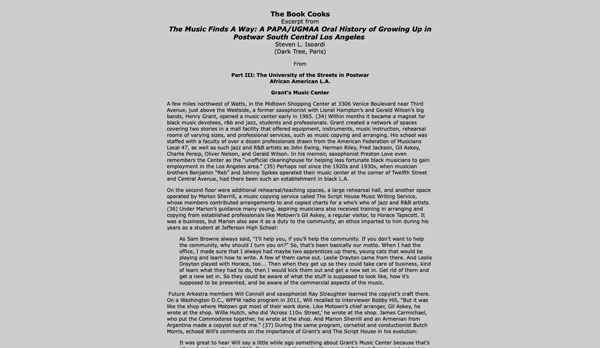
• • • • • • • • • • • • • • • • • • • • • • • • • • • • • • • • • • • • • • • • • • • • • • • • • • • • • • • • • • • • • • • •
